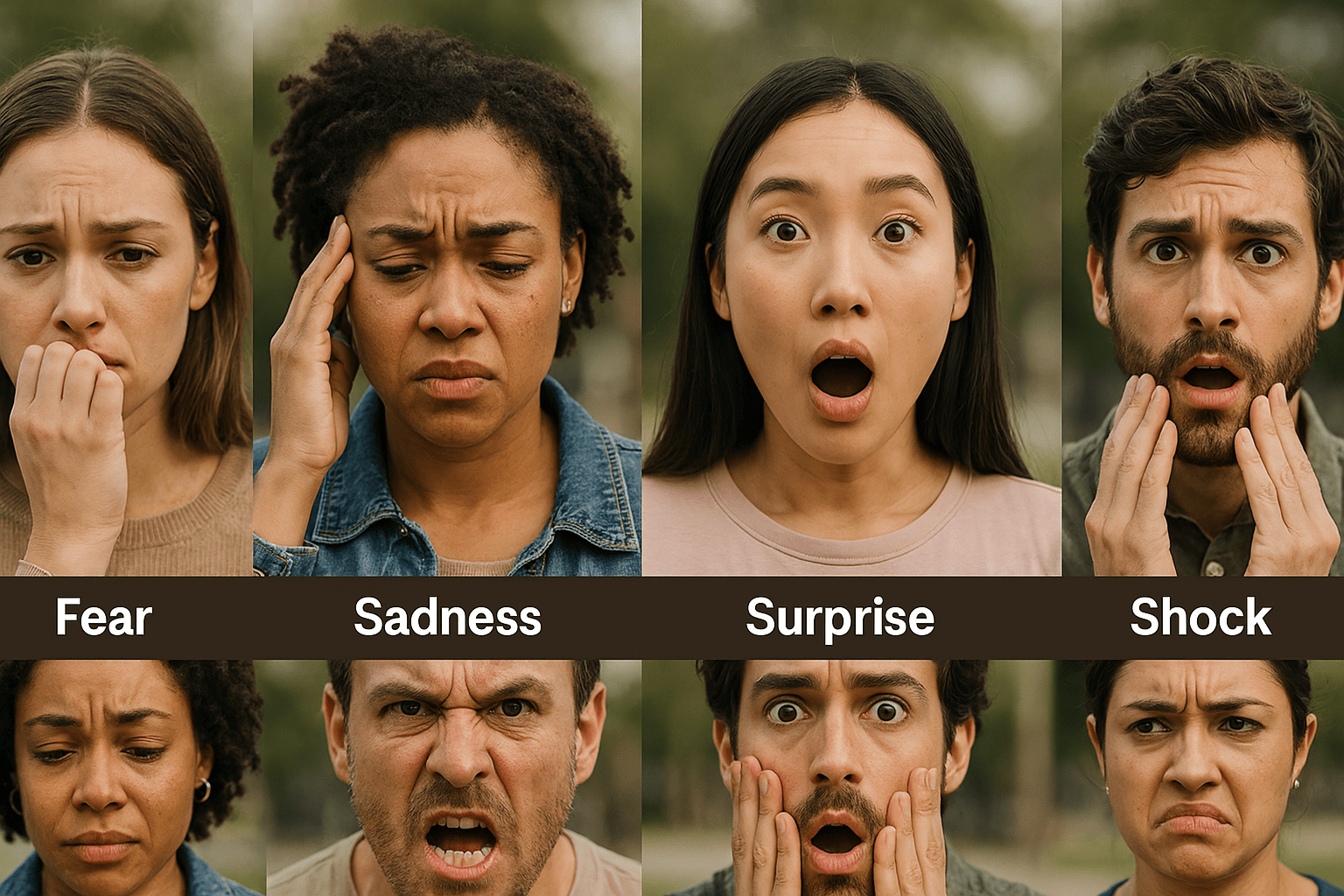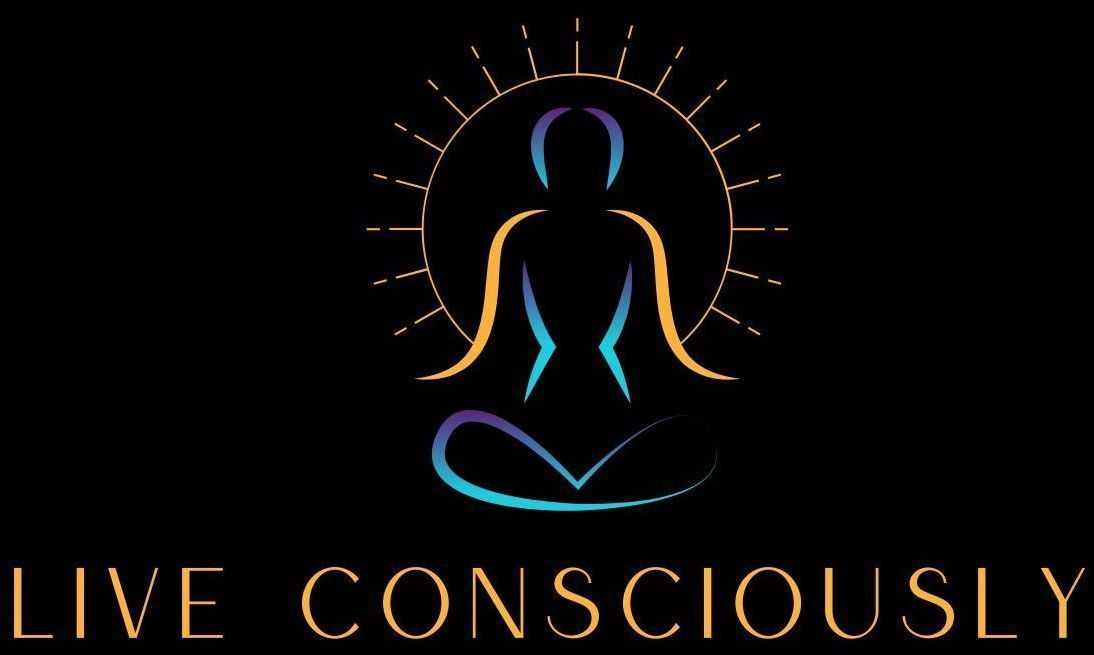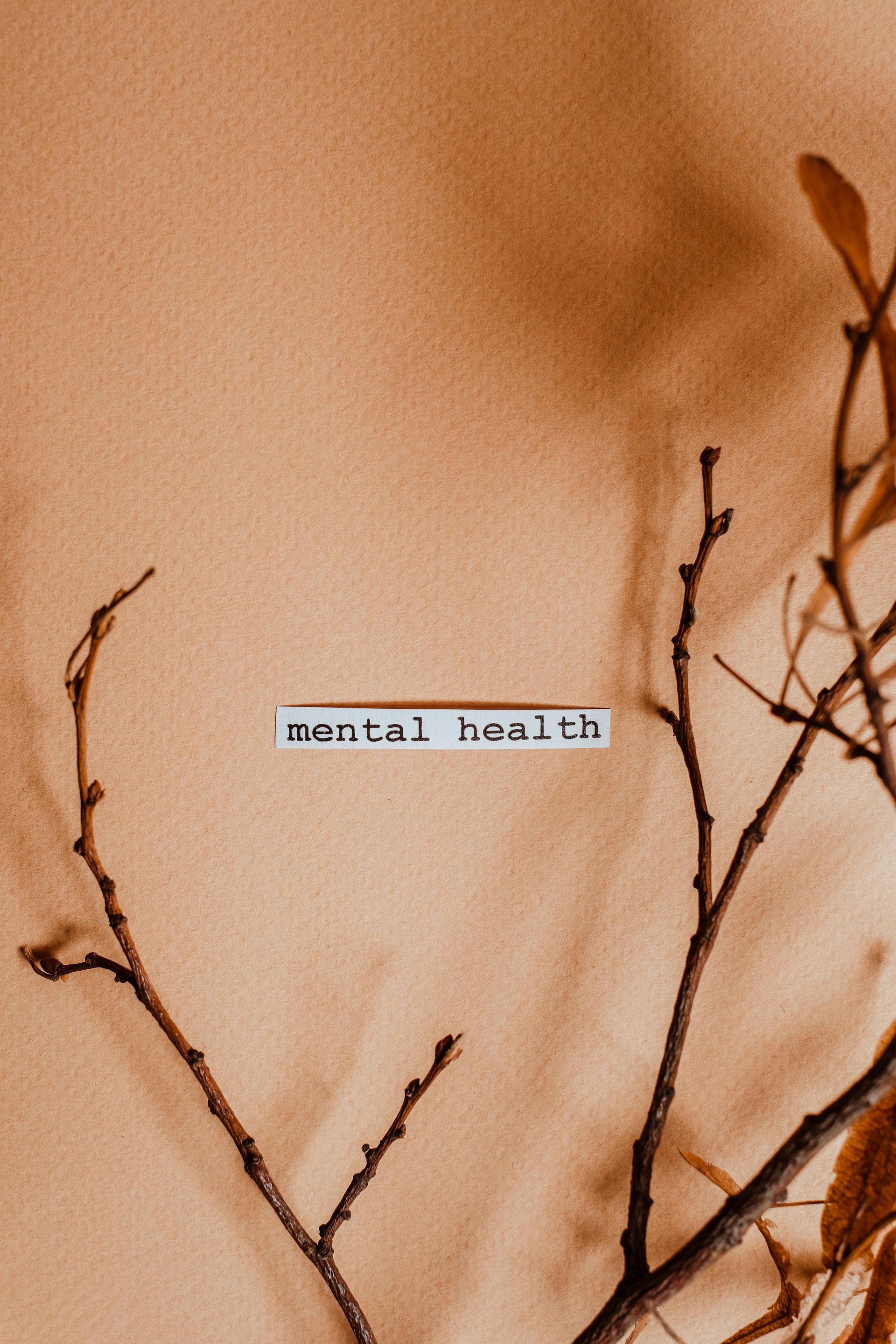BloBllkjlkjogPost Title
Understanding Emotions and Their Vital Role in Mental Health and Wellbeing

Have you ever been told to "just get over it" when you're feeling sad? Or maybe you've been encouraged to "calm down" when you're angry? In our society, we often get the message that emotions—especially difficult ones—are problems to be solved or inconveniences to be managed. But what if our emotions, even the uncomfortable ones, are actually trying to help us?
At
Live Consciously, we understand that emotions are not just random feelings that get in the way of logical thinking. They're sophisticated messengers carrying important information about our needs, boundaries, and experiences. Learning to listen to and work with our emotions, rather than against them, is a crucial part of maintaining good mental health.

What Are Emotions Really Trying to Tell Us?
Emotions aren't random. They evolved over millions of years to help us survive and thrive (Porges, 2011). Think of emotions as your body's GPS system, constantly giving you directions about what you need and how to respond to the world around you.
Here's what some common emotions might be trying to tell you:
- Anger might be signaling that a boundary has been crossed or that something unjust has happened. It gives you the energy to protect yourself or stand up for what's right.
- Sadness often points to a loss or disappointment that needs to be acknowledged and processed. It helps you recognize what's important to you and can draw support from others.
- Fear alerts you to potential threats and helps you prepare for challenges. It sharpens your focus and can keep you safe.
- Joy reinforces the behaviors and connections that help you thrive. It builds resilience and strengthens relationships.
- Shame can signal that you may have violated your own values or social norms. While often painful, healthy shame can help guide ethical behavior.
When we try to ignore or suppress these emotional messages, it's like unplugging our internal navigation system. We might temporarily avoid discomfort, but we also lose access to critical information about ourselves and our world.
The Body Connection: How Emotions Live in Our Physical Selves
Emotions aren't just in your head—they're whole-body experiences. This mind-body connection is central to somatic experiencing, one of the therapeutic approaches we use at Live Consciously.
When you feel anxious, your heart might race, your breathing might quicken, and your muscles might tense. When you feel joy, your body might feel light and energized. These physical sensations aren't separate from your emotions—they're part of them.
According to van der Kolk (2014), trauma and difficult experiences can get "stuck" in the body when emotions aren't properly processed. This can lead to physical symptoms like chronic pain, tension, digestive issues, or sleep problems. Learning to notice and work with these body sensations is a key part of
mind-body integration and emotional health.

How Childhood Experiences Shape Our Emotional World
Many of our patterns for dealing with emotions develop in childhood. If you grew up in an environment where your feelings were validated and you were helped to understand and manage them, you likely developed healthy emotional skills. However, if your emotions were dismissed, punished, or overwhelmed caregivers, you might have learned to disconnect from your feelings as a survival strategy.
Inner child work helps us recognize and heal these early emotional patterns. When young children experience emotions without supportive guidance, they often draw inaccurate conclusions like "There's something wrong with me for feeling this way" or "My needs don't matter." These beliefs can persist into adulthood, causing difficulties with emotional regulation and relationships.
Through approaches like
Internal Family Systems (Schwartz, 1995), we can identify and heal these wounded parts of ourselves that carry emotional burdens from the past. This helps create space for healthier emotional experiences in the present.
The Nervous System's Role in Emotional Regulation
Our ability to experience and manage emotions is deeply tied to our nervous system. Polyvagal theory (Porges, 2011) helps us understand how our autonomic nervous system responds to emotional stimuli:
- Ventral Vagal State (Safe and Social): When we feel safe, our nervous system supports calm, connected states where we can experience the full range of emotions without being overwhelmed.
- Sympathetic Activation (Fight or Flight): When we perceive danger, our system prepares for action, often bringing up emotions like fear or anger.
- Dorsal Vagal State (Freeze or Shut Down): When overwhelmed, our system might shut down, leading to numbness, disconnection, or dissociation from emotions.
Nervous system regulation skills help us navigate these different states and expand our "window of tolerance"—the range of emotional experiences we can handle without becoming overwhelmed or shut down. Simple practices like deep breathing, movement, or even humming can help shift your nervous system state and improve your relationship with emotions.

Common Challenges in Our Relationship with Emotions
Many people struggle with their emotional lives in different ways:
- Emotional Avoidance: Trying to push away or suppress uncomfortable emotions. While this might bring short-term relief, it often leads to long-term problems as unaddressed emotions tend to intensify or emerge in unexpected ways.
- Emotional Overwhelm: Feeling flooded by emotions to the point where it's difficult to function. This can happen when we lack the skills to regulate our emotional experiences.
- Emotional Numbness: Disconnecting from emotions as a protective mechanism. This might help in crisis situations but becomes problematic when it becomes a permanent state, as it cuts us off from both pain and joy.
- Emotional Confusion: Having difficulty identifying what we're feeling. Some people grow up without learning the language of emotions, making it hard to recognize and name their emotional experiences.
These challenges often have roots in childhood experiences or trauma, where emotional skills didn't have the chance to develop in a healthy way. The good news is that these skills can be learned at any age.
Therapeutic Approaches to Healing Emotional Wounds
At Live Consciously, we use several evidence-based approaches to help clients develop healthier relationships with their emotions:
Mindfulness-Based Approaches
Learning to observe emotions without immediately reacting to them creates space for choice. Acceptance and Commitment Therapy (ACT) (Hayes et al., 2012) teaches skills for being present with difficult emotions while still taking actions aligned with your values. Instead of being caught in emotional storms, you can learn to be the sky that holds all weather patterns with openness and curiosity.
Somatic (Body-Based) Approaches
Since emotions live in the body, working with physical sensations can be a powerful way to process emotions. Somatic experiencing helps clients track body sensations related to emotions and gently release stuck emotional energy. This approach is particularly helpful for trauma-related emotional difficulties.
EMDR for Processing Emotional Memories
Eye Movement Desensitization and Reprocessing (EMDR) (Shapiro, 2018) helps process disturbing emotional memories that continue to cause distress in the present. By stimulating the brain's natural information processing systems, EMDR helps integrate emotional experiences that may have been too overwhelming to process when they first occurred.
Parts Work and Internal Family Systems
Internal Family Systems therapy recognizes that we all have different "parts" with different emotional roles. Some parts might carry pain, others might try to protect us from feeling, and others might criticize us for having emotions at all. By bringing compassionate awareness to these parts, we can create more harmony in our internal emotional world.

Building Emotional Skills for Better Mental Health
Developing a healthy relationship with emotions involves several key skills:
Emotional Awareness
The first step is simply noticing emotions as they arise. This might sound simple, but many people have learned to disconnect from their feelings so quickly that they hardly notice them. Practices like mindfulness meditation, body scans, or simply pausing throughout the day to check in with yourself can build this awareness muscle.
Emotional Literacy
Being able to accurately name your feelings gives you more choice in how to respond to them. Expanding your emotional vocabulary beyond basic terms like "good," "bad," "fine," or "stressed" can help you understand your emotional world with more nuance.
Emotional Regulation
Emotion regulation skills help you manage the intensity of feelings without suppressing them. This might include calming practices for overwhelming emotions, activating practices for numbness, or grounding techniques for anxiety. According to Ford and Courtois (2013), these skills are particularly important for trauma survivors, who often struggle with emotional intensity.
Emotional Expression
Learning healthy ways to express emotions—whether through words, art, movement, or other channels—helps prevent emotional buildup. This doesn't mean acting out every feeling, but rather finding appropriate ways to acknowledge and communicate your emotional reality.

The Journey Toward Emotional Wholeness
Developing a healthy relationship with your emotions is a journey, not a destination. It's normal to have good days and challenging days. The goal isn't to eliminate difficult emotions—that would mean cutting off important parts of your experience—but rather to develop the capacity to hold all of your emotions with awareness and compassion.
As you learn to listen to your emotions rather than fighting against them, you may find that even the difficult ones carry wisdom. Anger can point you toward justice, sadness can open your heart to compassion, fear can help you prepare for challenges, and joy can remind you what truly matters in your life.
At Live Consciously, we believe that emotional healing happens in relationship. Our therapists create a safe, supportive environment where all of your emotions are welcome and can be explored without judgment. Through this process, many clients discover that the emotions they once feared the most become doorways to deeper self-understanding and more authentic connections with others.
Remember that your emotions aren't problems to be solved—they're messengers trying to help you navigate your life with wisdom and authenticity. Learning to listen to them is one of the most powerful things you can do for your mental health and overall wellbeing.
Live Consciously is a trauma-informed therapy practice specializing in holistic healing approaches. Our team combines evidence-based modalities like Somatic Experiencing, Internal Family Systems, EMDR, and ACT to help clients heal and grow. Contact us today to learn more about our services.
References and Further Reading
Ford, J. D., & Courtois, C. A. (Eds.). (2013). Treating complex traumatic stress disorders in children and adolescents: Scientific foundations and therapeutic models. Guilford Press.
Hayes, S. C., Strosahl, K. D., & Wilson, K. G. (2012). Acceptance and commitment therapy: The process and practice of mindful change (2nd ed.). Guilford Press.
Porges, S. W. (2011). The polyvagal theory: Neurophysiological foundations of emotions, attachment, communication, and self-regulation. W. W. Norton & Company.
Schwartz, R. C. (1995). Internal family systems therapy. Guilford Press.
Shapiro, F. (2018). Eye movement desensitization and reprocessing (EMDR) therapy: Basic principles, protocols, and procedures (3rd ed.). Guilford Press.
van der Kolk, B. (2014). The body keeps the score: Brain, mind, and body in the healing of trauma. Viking.







